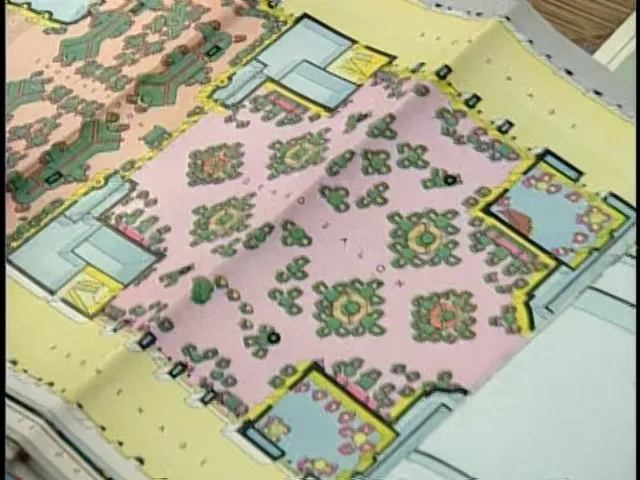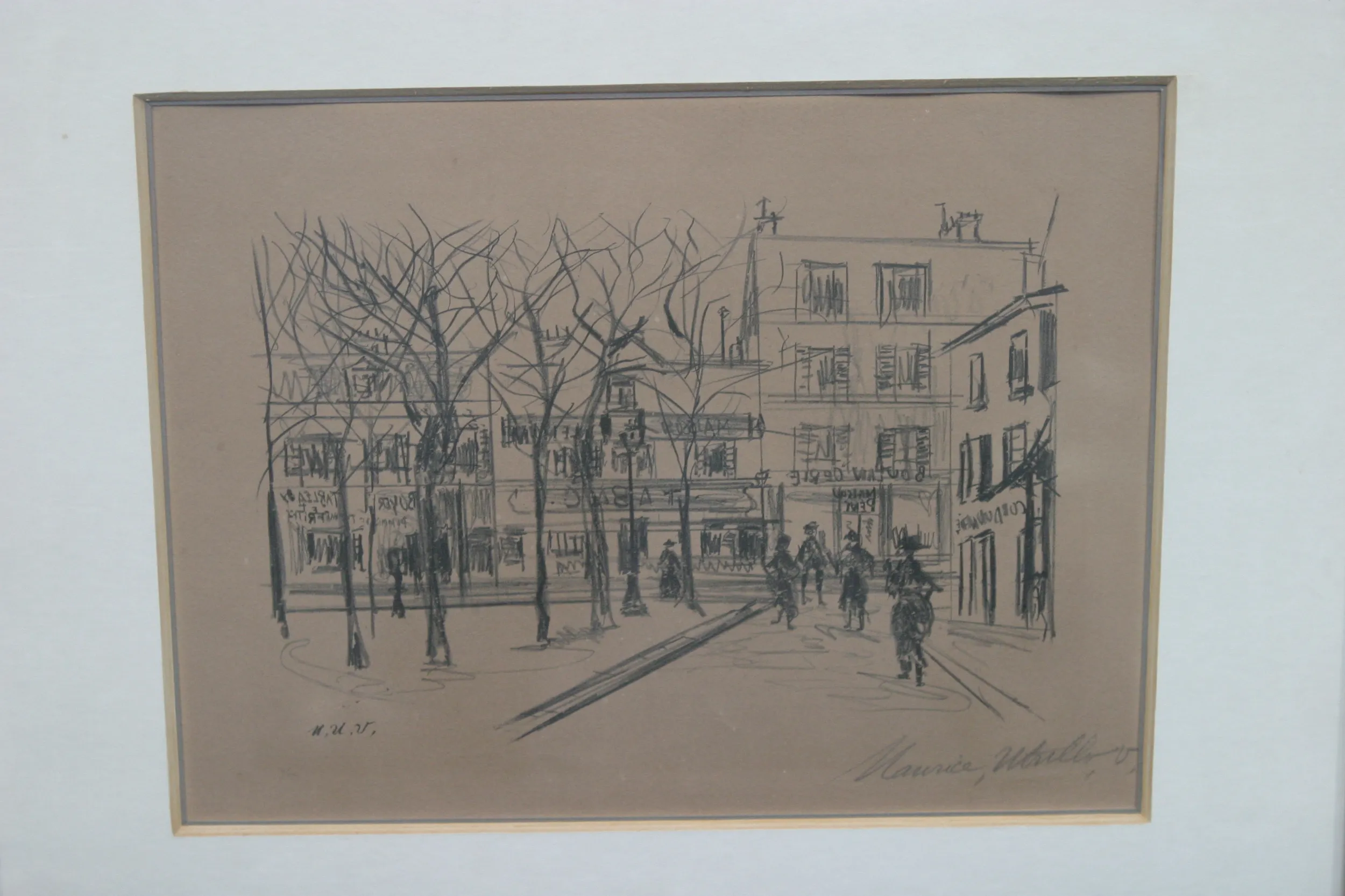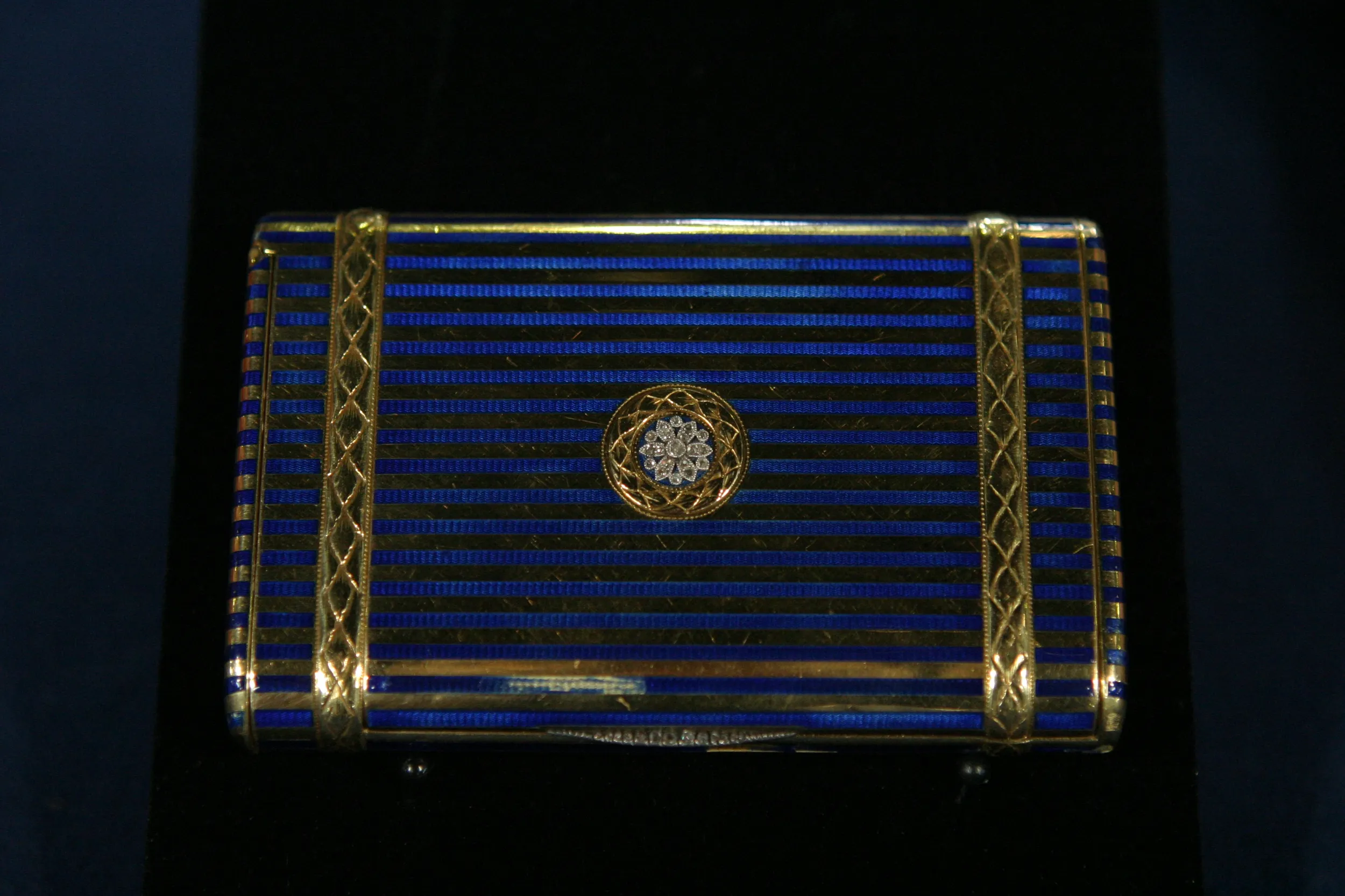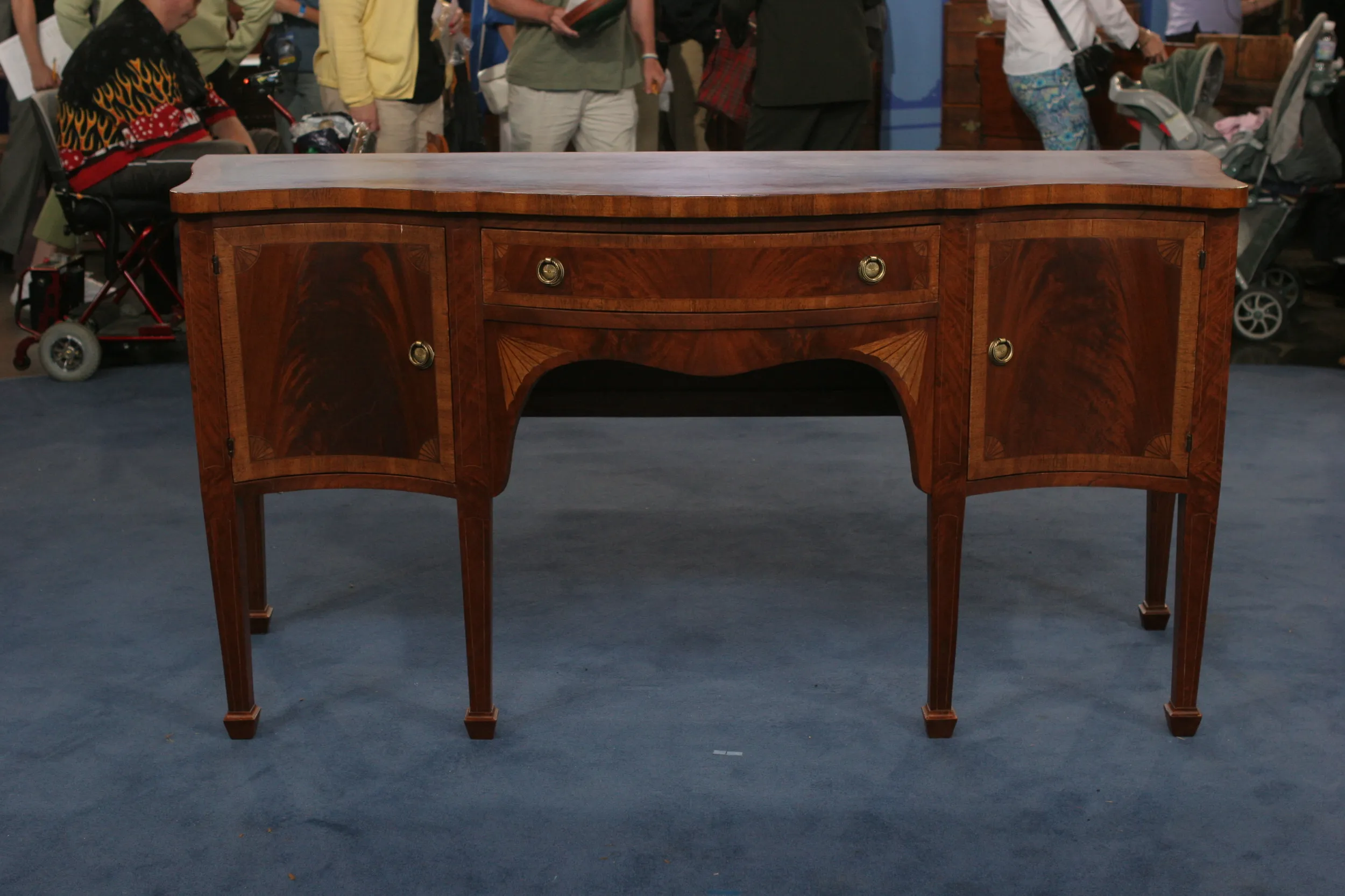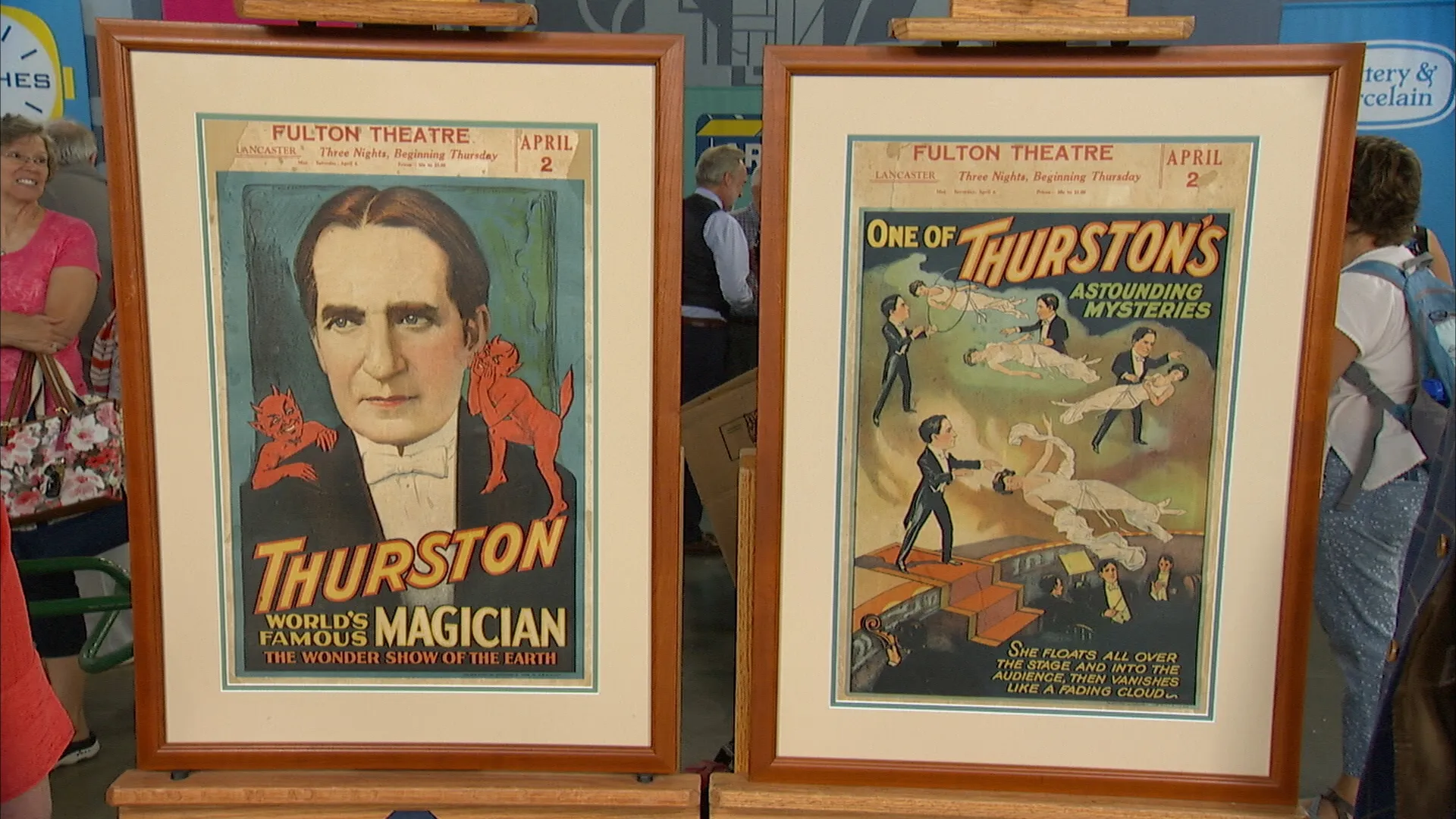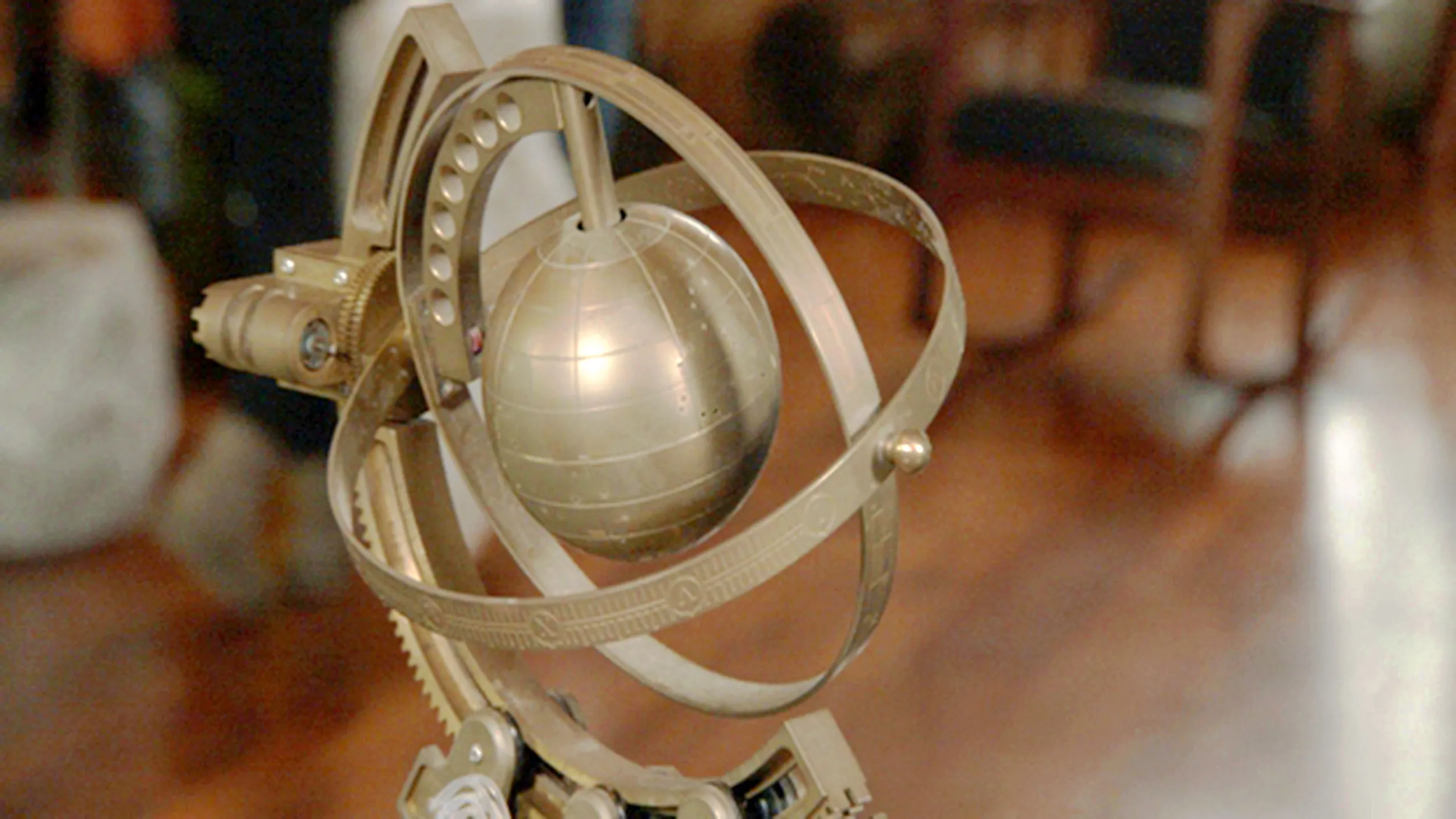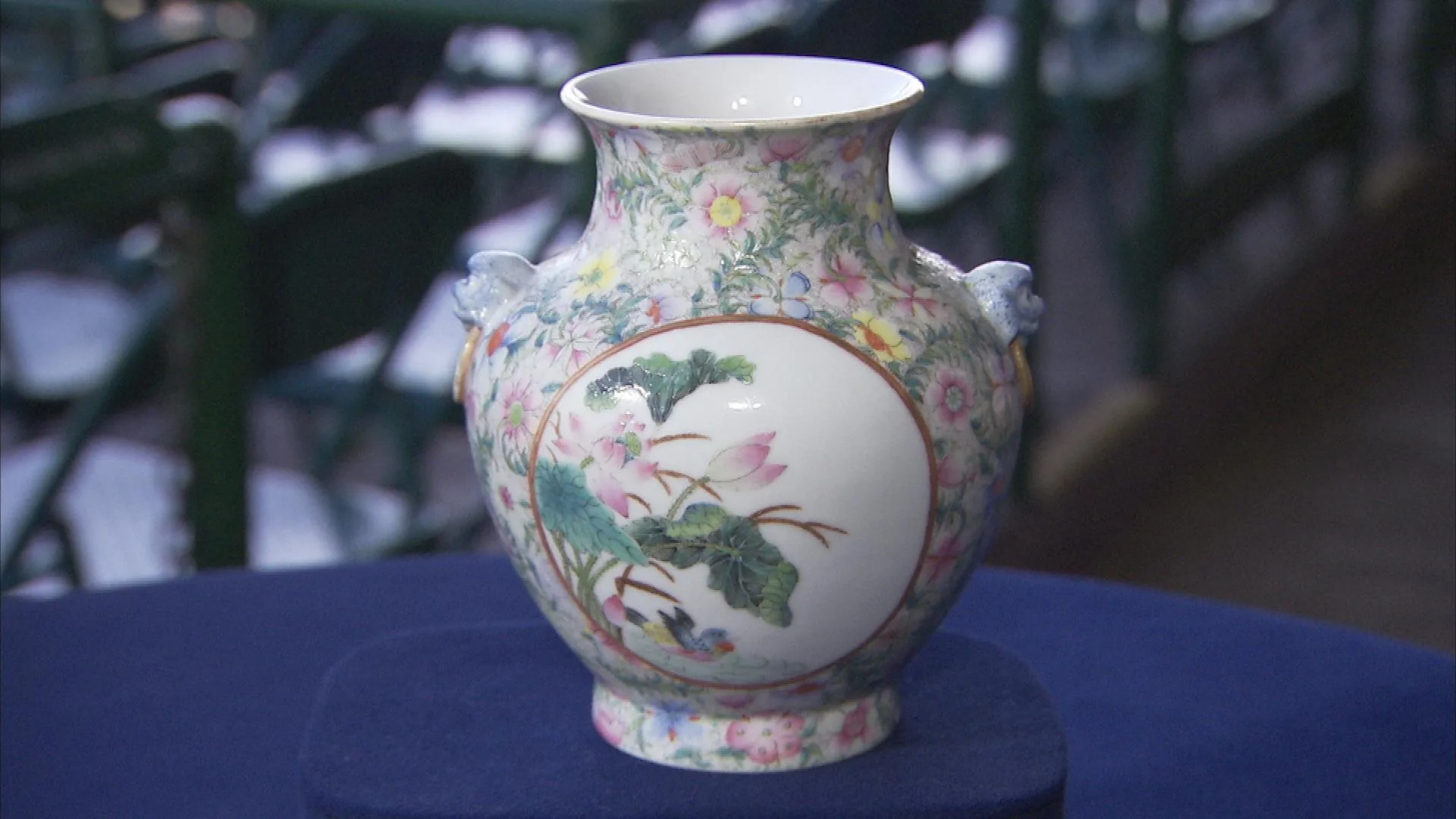GUEST: This piece belonged to my mother-in-law, and then when she passed away, it came to my husband and myself. So it's now in my household, because he's passed away.
APPRAISER: Where did your mother-in-law get it?
GUEST: Well, when my husband was a child, they all lived in Europe, and so one of my mother-in-law's hobbies was to go to the Picasso studio and buy pieces from the studio. And so she acquired it at that point in the 1960s, sometime.
APPRAISER: Where was the studio?
GUEST: I just know it was in France.
APPRAISER: Okay, all right. Well, obviously, you have a piece of Picasso pottery here.
GUEST: Yes.
APPRAISER: From Vallauris, which is a ceramic-producing town. Was a ceramic-producing town in France since Roman times.
GUEST: Nice.
APPRAISER: So, and still is a place where pottery is made. The quality of clay there is quite good. Several things you need to be a ceramic-producing area: clay, of course.
GUEST: Yeah.
APPRAISER: And river-- water power for transport and for the power to drive the factory. So this is called "gros oiseau vert," which is "large green bird," and it is in fact a large green bird. We'll take a look at this for a moment. That's the front side of the bird. These handles, which, you can grab one, too, they're wings, and they're meant to show the motion of the piece.
GUEST: Oh...
APPRAISER: And these are the tail feathers. So this is the bird...
GUEST: That kind of makes sense.
APPRAISER: Right?
GUEST: They're kind of...
APPRAISER: So it's the whole bird, and it's interesting in many ways. I read a review of Picasso's work. It's described, his work in Vallauris, as "Genius on Holiday."
GUEST: Oh!
APPRAISER: He was so brilliant that...
GUEST: A little whimsical?
APPRAISER: Whimsical, but also how casually decorated this is, how few brush strokes define this as a green bird. It's something-- almost a toss-off for a lot of other artists, but Picasso, even when he wasn't paying a lot of attention to things, his genius just spilled over into the work. So this is rather extraordinary as far as his Vallauris work is concerned. There are marks on top, one is Edition Picasso, the other was the Madoura mark.
GUEST: Right, I was curious.
APPRAISER: So Madoura, representing the pottery. And of course, they made more than just Picasso pottery there, but this is the line of pottery that Picasso designed. And what Picasso would do is, he would design the pieces and decorate them, and then line artists would replicate the work he did at Madoura. And then also, inside the top, we see "18 of 25," so this was made in 1960, there were 25 of them made.
GUEST: Okay.
APPRAISER: And several, certainly, have seemed to have survived. This is a new one to the market, as far as I can tell.
GUEST: Oh, okay-- well, I haven't been able to find anything comparable in size to it.
APPRAISER: It's really large. He made thousands of pieces of pottery.
GUEST: Yeah.
APPRAISER: But very few were on this scale.
GUEST: Oh, okay.
APPRAISER: It's zoomorphic-- he did a lot with animals.
GUEST: Mm-hmm, I have a goat and a bird bowl at home.
APPRAISER: Right, right. Some people, as well, but mostly animal forms. It captures, in a very spare way, a bird in flight. And it's functional, too. It is a piece of pottery-- this is a pouring pitcher. If we see the front of this, there's a spout.
GUEST: Right.
APPRAISER: So you can grip it and pour out of it, and in that way it mimics the Roman amphora that were made there nearly two millennia ago. So in terms of value, there's a couple of ways for me to evaluate this piece. So, first, at-auction estimate. Now, bear in mind that auction estimates tend to be a little on the conservative side. The idea is, you want to create interest, and excitement and tension...
GUEST: Bidding, yeah...
APPRAISER: ...and you don't do that with a high retail estimate. So I think, conservatively, at auction, somewhere between $65,000 and $85,000.
GUEST: Wow, cool.
APPRAISER: But in terms of what it's worth, three of these have sold at auction in the last several years.
GUEST: Mm-hmm.
APPRAISER: The least expensive one sold for $105,000, and the most expensive one was $135,000.
GUEST: Wow, very cool.
APPRAISER: So I think this is worth between $100,000 and $125,000. I wouldn't estimate it that high, but at auction, they've been bringing that kind of money, and for an auction estimate, between $65,000 and $85,000.
GUEST: At this level, height, and...
APPRAISER: Same size.
GUEST: Perfect! Very cool-- thank you.
APPRAISER: Congratulations.
GUEST: Thanks.
APPRAISER: Major piece.


